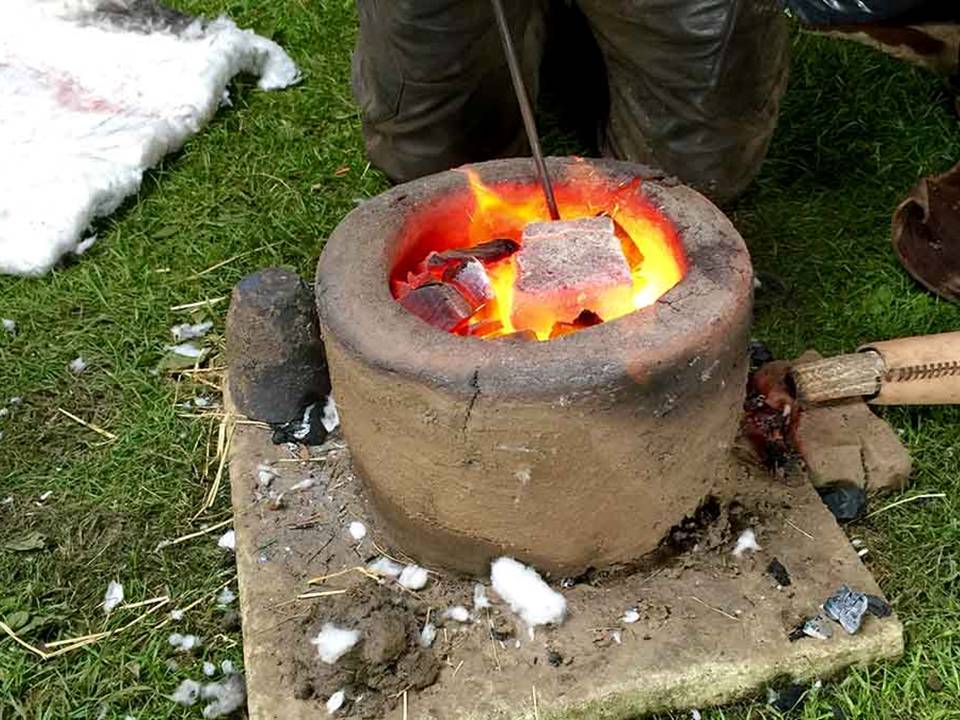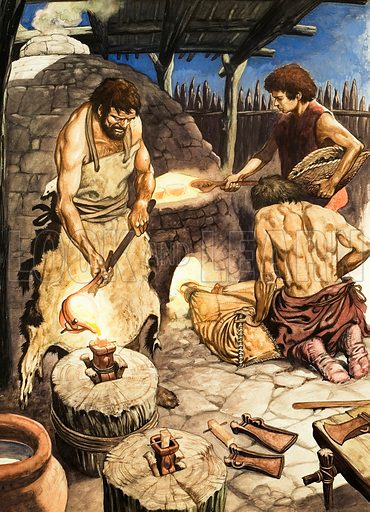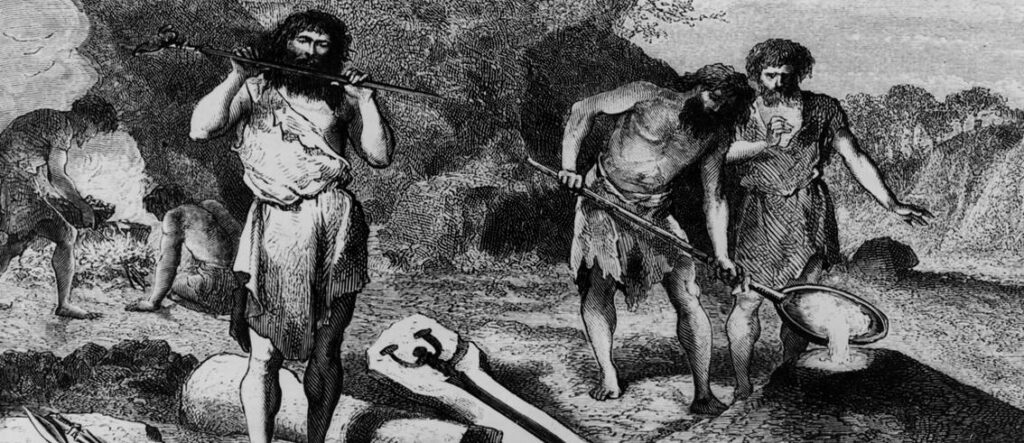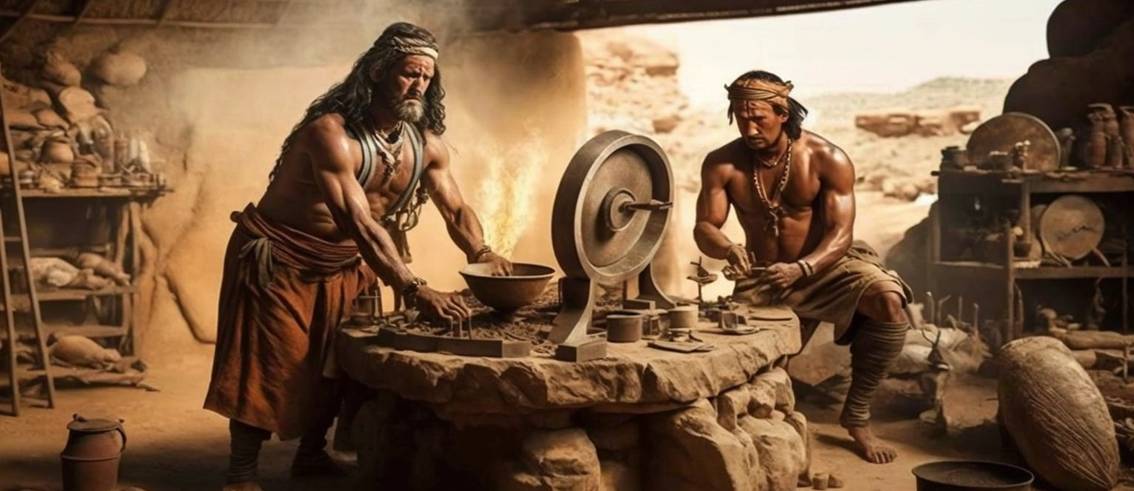The Bronze Age in Cyprus
The Bronze Age lasted from around 3300 to 1200 BCE. It marked a major shift in human history. People began using bronze, an alloy of copper and tin. This era followed the Stone Age and came before the Iron Age. The use of bronze brought big changes in society, technology, and culture.
Origins and Development
The Bronze Age started in the Near East, especially in Mesopotamia, around 3300 BCE. The discovery of bronze changed tool-making and weaponry. Bronze was harder and more durable than copper or stone. This allowed people to make better tools and weapons. These improvements helped advance agriculture, warfare, and art. Making bronze required knowledge of metallurgy. People needed to extract copper and tin from ores and control heat to create the right mixture.
Technological and Societal Impact
Bronze technology had a big impact on societies. Stronger ploughs and tools made farming more efficient. This led to surplus food and the growth of cities. Better weapons and armour changed warfare. Societies with access to bronze had an advantage.
Trade networks grew during the Bronze Age. The demand for copper and tin increased. Civilizations without these metals created

trade routes to get them. This brought distant cultures into contact. In the Mediterranean, trade networks connected the Minoans, Mycenaeans, and others with the Near East and Egypt.
Key Civilizations of the Bronze Age
Several key civilizations rose during the Bronze Age. Mesopotamia, often called the cradle of civilization, saw the first city-states like Sumer and Akkad. These societies developed writing systems like cuneiform, legal codes, and monumental architecture like ziggurats.
Ancient Egypt thrived during the Bronze Age, especially in the Old and Middle Kingdom periods. Egyptians built pyramids and developed hieroglyphs. Bronze tools and weapons helped their military and administration.
The Indus Valley Civilization, in modern Pakistan and northwest India, was one of the

largest and most advanced of its time. Cities like Harappa and Mohenjo-Daro had good drainage systems and standardized weights and measures. This showed a high level of organization and economic activity.
In China, the Bronze Age began around 2000 BCE with the Xia and Shang dynasties. The Shang Dynasty excelled in bronze casting, making intricate ritual vessels and weapons. These artifacts often had early Chinese characters, showing bronze’s importance in religion and war.
The Aegean Civilizations:
In the Aegean region, the Minoans on Crete and the Mycenaeans on mainland Greece became prominent. The Minoans built elaborate palaces like Knossos and traded by sea. The Mycenaeans, who came after the Minoans, are linked to the Homeric epics and played a key role in Greece’s later Bronze Age.

Decline and Transition to the Iron Age
The Bronze Age ended around 1200 BCE. This period saw major upheaval in the Mediterranean and Near East. Natural disasters, internal conflicts, and invasions by the “Sea Peoples” caused the collapse of many civilizations, including the Mycenaeans, Hittites, and New Kingdom of Egypt.
This decline led to the Iron Age. As bronze became scarce and trade networks fell apart, societies turned to iron. Iron was harder to work with but more abundant. It eventually replaced bronze for tools and weapons.
Legacy of the Bronze Age
The Bronze Age laid the groundwork for modern civilization. It was a time of great technological, cultural, and social development. Trade and warfare connected different cultures. Achievements in metallurgy, writing, architecture, and governance influenced the Iron Age and beyond. The Bronze Age’s legacy is seen in technological advances, cultural exchanges, and complex societies that shaped human history.


